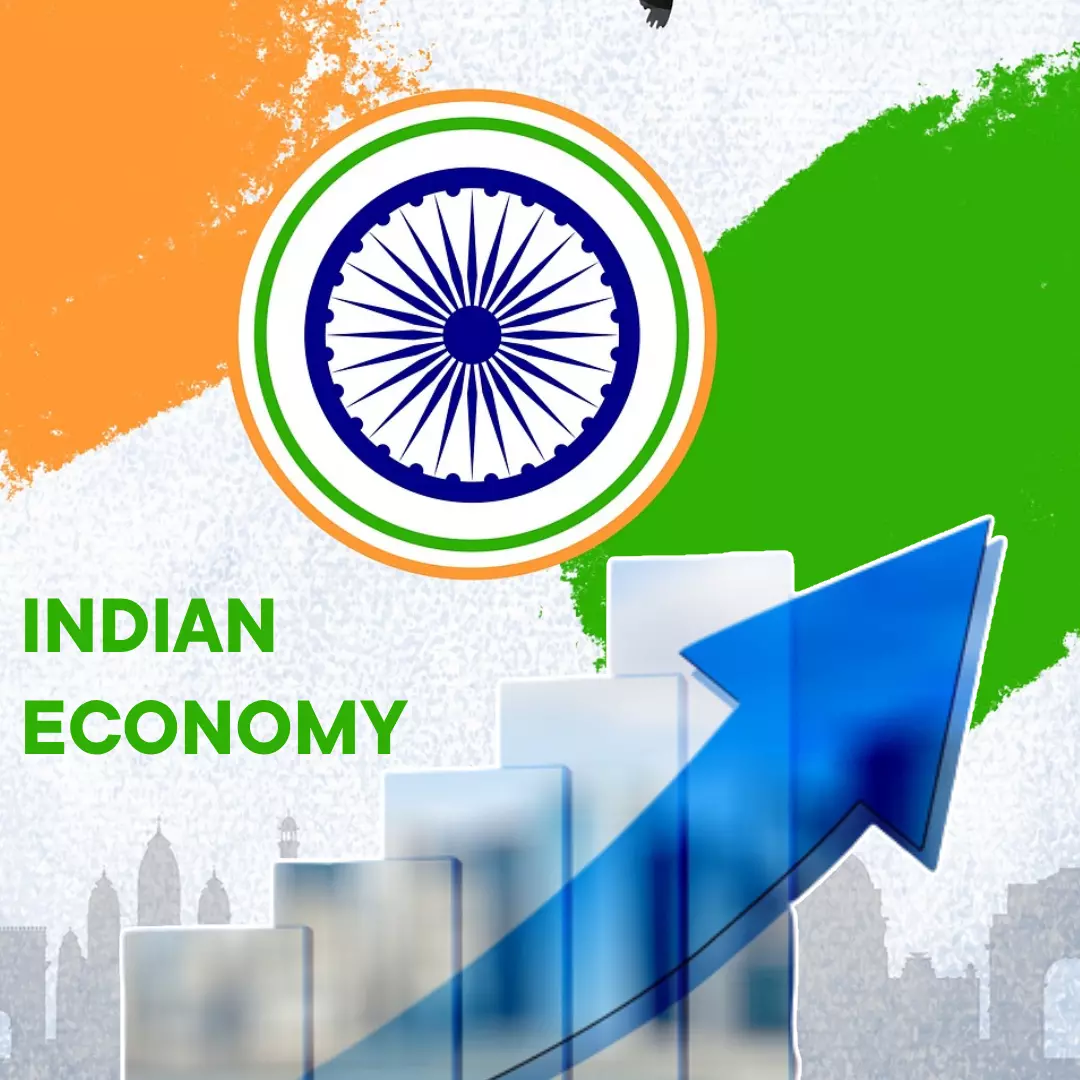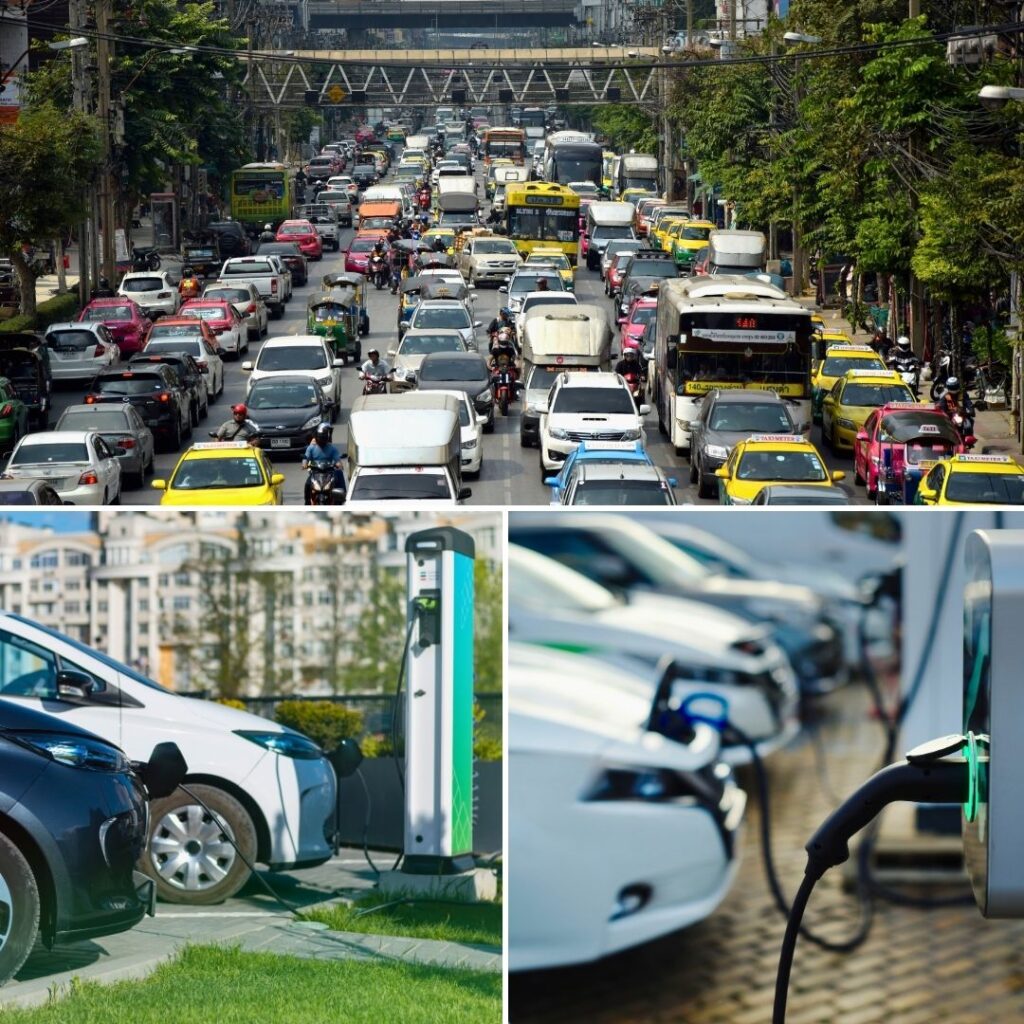According to research and analytics firm Standard & Poor Global, India is projected to achieve a growth rate of 6.7 percent annually from 2023-24, leading to it becoming a $6.7 trillion economy by 2030-31. Currently, India’s Gross Domestic Product (GDP) stands at $3.4 trillion for the year 2022-23. The rating agency also forecasts that per capita income in the country will rise from $2,500 to about $4,500 during this period.
The report, titled ‘Look Forward: India’s Money,’ was released on a day when another agency, Morgan Stanley, upgraded India to the ‘overweight’ category, giving it the top rating among emerging markets.
S&P Global cautioned that global economic slowdown and the delayed impact of a policy rate hike by the Reserve Bank of India (RBI) could potentially slow down the growth rate to 6 percent in the current fiscal year, according to a report published in NDTV.
The agency believes that India’s economy will be driven towards this positive trajectory by capital accumulation, with both the government and the private sector investing in infrastructure and manufacturing.
The report also highlights the potential gains from reforms such as the Goods and Services Tax (GST) and the implementation of the Insolvency and Bankruptcy Code, which would contribute to a healthier credit culture in the country.
While India is recalibrating its focus towards manufacturing, services will continue to play a significant role in the economy, as per the report.
In the fiscal year 2022-23, India’s GDP had grown at a rate of 7.2 percent. Commerce and Industry Minister Piyush Goyal had hailed this growth as “historic” and expressed confidence that India would emerge as a developed nation within the next 25 years.
Indian Economy Expected To Surpass $4 Trillion
According to an analysis conducted by the PHD Chamber of Commerce and Industry, the size of the Indian economy is expected to surpass $4 trillion in the fiscal year 2024-25. Additionally, the per capita nominal GDP is projected to cross $2,800 during the same period.
The analysis indicates that the pace of economic activity will remain robust, thanks to the various structural reforms implemented by the government over the past three years. This positive outlook was presented during a seminar organized by the PHDCCI.
The analysis acknowledged that the recent budget for the fiscal year 2023-24 was announced at a time when the Indian economy is performing exceptionally well compared to other leading economies. However, it emphasized the need to focus more on the manufacturing sector, as high borrowing costs and rising raw material prices have affected the price-cost margins of producers, as per a report in Economic Times.
To enhance ease of doing business in the country and promote strong and resilient growth, the report suggested reducing the cost of business operations through easier compliances and implementing a robust Single Window System.
Regarding recent geopolitical developments impacting the Indian economy, such as increasing raw material prices due to imports of crude oil, a depreciating rupee, and inflation, the analysis noted that while these factors have had an effect, other channels like exports and finance have not experienced significant impacts.
The report stated that India’s exports to Russia and Ukraine are relatively modest, and the country’s external indicators, such as forex reserves, remain significantly strong (around USD 595 million as of June 30, 2023).
Addressing the Seminar, Pronob Sen, Programme Director India Programme International Growth Centre (IGC) and Former Chairman, National Statistical Commission said that balancing Corporate and Non-Corporate Sectors remain key to addressing skill shortages in India. Achieving equilibrium between these sectors is crucial for the skilling system and India can pave the way for a more inclusive and sustainable development trajectory, reducing the overreliance on corporate-driven production structures.
In his keynote address, Sen highlighted the current emphasis on the organised sector, particularly the corporate sector, in India’s statistical systems and data frameworks. He pointed out that although the non-corporate sector, particularly agriculture, is adequately covered, there is a lack of representation of non-corporate India due to infrequent and insufficient surveys. This discrepancy raises concerns about the inclusivity and accuracy of India’s statistical system.
Also Read: Haryana: 250 Shanties On “Illegally Occupied” Land Bulldozed In Nuh
https://thelogicalindian.com/h-upload/2023/08/04/500x300_232794-web-29-2.webp
Trending
2023-08-04 11:52:23.0
India To Become $6.7 Trillion Economy By 2030, Says Research Firm











